5 places that show that Lisbon is a modern city
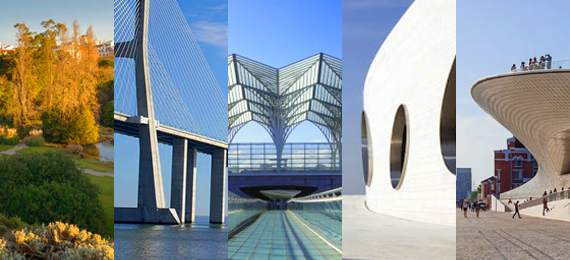
Portugal is a country full of incredible stories. But it's not just the past that the Portuguese lands live. Lisbon, one of main portuguese cities, reconciles historical places and modern architecture. We made a list of 5 places that show that the city that inspired poets and fadistas manages to modernize and delight residents and visitors from all over the world.
1. Parque das Nações
It is the newest part of Lisbon. Its project was conceived from the project of realization of the EXPO 98 and allowed the area to gain new infrastructure.
Located in the riverside region of the city, on the border with the municipality of Loures, Parque das Nações was conceived from contemporary concepts of urbanization and architecture, always aiming to connect with the environment.
Some of the projects that mark and translate this modern spirit of the region are:
1.1 Portugal Pavilion
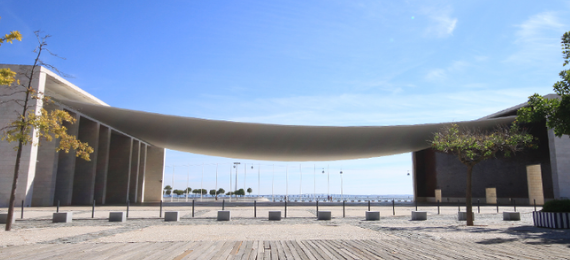
The Portugal Pavilion is a challenge for the eyes. The architectural project was conceived by Portuguese architect Álvaro Siza Vieira and simulates the idea of a sheet of paper resting on two bricks. The daring project won, in 1998, the Valmor Architecture Prize.
Currently, the Pavilhão de Portugal is under the management of the University of Lisbon. The university's project is for the space to serve as a research center and host activities for the dissemination of science, architecture and the promotion of Lusophony.
1.2 Pavilion of Utopia/Altice Arena
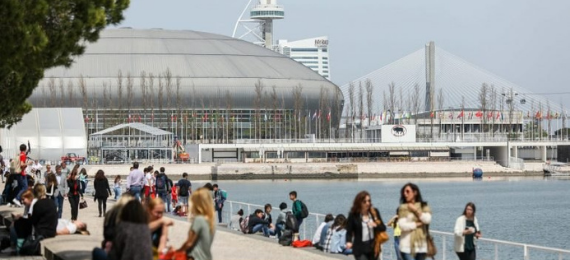
the project of Portuguese architect Regino Cruz It is yet another building created as part of the EXPO 98 project. Since its opening it has had several names: Utopia Pavilion, Atlantic Pavilion, MEO Arena and is currently called Altice Arena.
The inspiration for the theme of the 1998 World Exposition: “The Oceans, a Heritage for the Future”, is evident in the interior of the building, which reminds us of the old ships of the great navigations.
Altice Arena is a multipurpose space that hosts concerts, congresses and sporting events. Its architectural design has received several awards. The last was the “Most Innovative Structure Award", in 2001.
FIND OUT IF YOU ARE A DESCENT OF SEPHARDIAN JEWS!
1.3 Telecabine at Parque das Nações
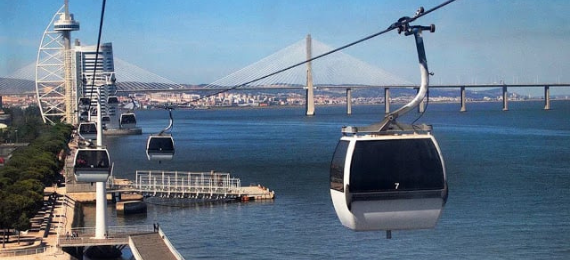
In Brazil the name is cable car, in Portugal it is called telecabine. Part of the EXPO 98 project, the Telecabine has 40 cabins that travel 1230 meters along the banks of the RioTejo.
Each cabin holds eight occupants and the glass structure allows for a breathtaking view throughout the journey that lasts between 8 and 12 minutes. From the top you can see the Pavilhão de Portugal, the Altice Arena, the old Torre Vasco da Gama and even the Gare do Oriente.
1.4 East Station
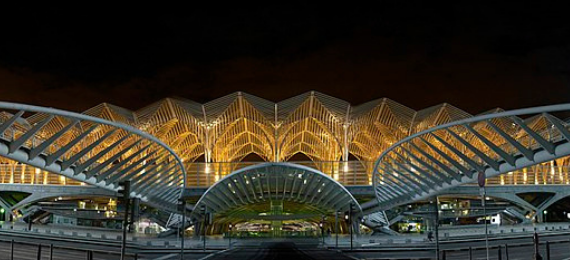
Gare do Oriente is an integral part of Portugal's rail and road system, and is also an important public transport hub in Lisbon.
One of the highlights of Gare do Oriente is its beautiful glass and steel roof that resembles a forest. Its project was designed by Valencian architect Santiago Calatrava, who won the competition launched in 1994 by the Portuguese government.
1.5 Lisbon Oceanarium
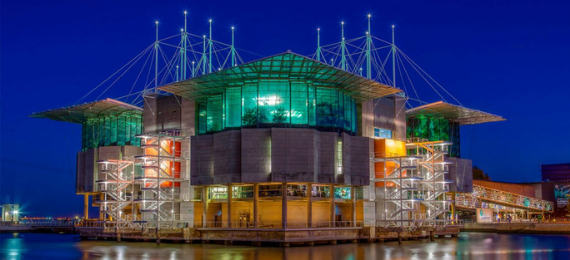
The last point of Parque das Nações that deserves to be highlighted in this text is the Lisbon Oceanarium. Also part of EXPO 98, in 2015 and 2017, the space won the Traveler's Choice, from TripAdvisor, for Best Oceanarium in the World.
The main attraction of the oceanarium is its central salt water tank where different species cohabit.
Today, the Lisbon Oceanarium is home to around 25,000 animals, including fish, birds and mammals, and over the years it has received several awards.
2. Vasco da Gama Bridge
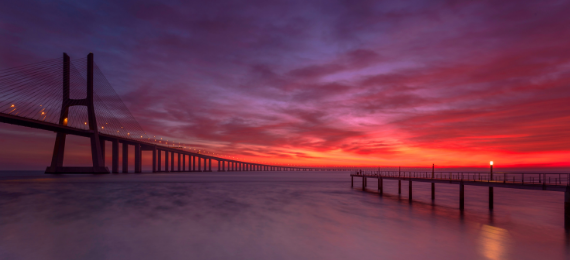
Until 2018, the Vasco da Gama Bridge was listed in the Guinness Book as the longest bridge in Europe, with a total length of 17,185 km. The construction linking Lisbon and Sacavém to Montijo lost its position to the Crimea bridge in Russia, but remains the largest in the European Union.
The work took 37 months and was completed in March 1998. Its name was chosen in honor of Vasco da Gama. In May of that same year, the arrival of the navigator in India completed 500 years.
The end of the construction was celebrated with a feijoada that also entered the Guinness Book. The 5050 meter long table set up to serve the feijoada received the title of Largest Table in the World. About 15,000 people attended the event.
The Vasco da Gama bridge is a robust construction designed to withstand 250 km/h wind gusts and to withstand an earthquake up to 4.5 times stronger than the one that hit Lisbon in 1755.
3. Gulbenkian Garden
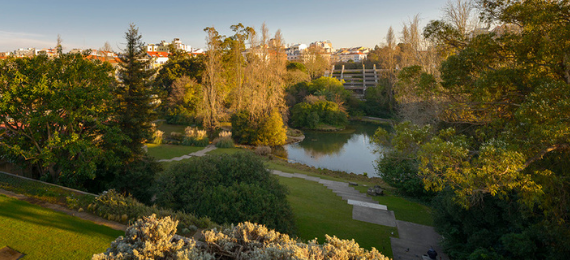
Jardim da Gulbenkian is a green block in the middle of Lisbon. The space, which surrounds the Calouste Gulbenkian Foundation, was built in the 60s and is considered to be one of “the most emblematic gardens of the modern movement in Portugal”.
In addition to serving as a stage for the Foundation's various educational and cultural activities, the garden is also a space frequented by many who are looking for a place to relax and get in touch with nature.
PORTUGUESE CITIZENSHIP FOR PORTUGUESE GRANDCHILDREN!
4. Champalimaud Foundation
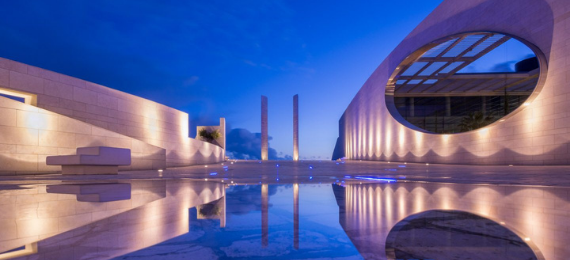
The Champalimaud Center is located at the junction of the Tagus River with the sea, in the Belém area and is considered an important research hub in biomedicine.
The work has a contemporary architecture that combines aesthetics and functionality distributed in three large areas that total 60,000 m2 of area. More details of its architecture can be found through the documentary “Into the Unknown“.
5. MAAT
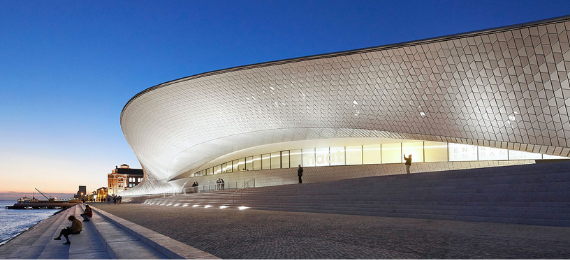
The Museum of Art, Architecture and Technology (MAAT) was inaugurated in 2016 and has become a landmark in the riverside of Belém. According to the person responsible for designing the MAAT, architect Amanda Levete, the objective was to design a building that would integrate with the landscape .
With organic lines, a highlight of the building is its roof. It integrates with the common areas around the museum and can be used as an observation point for the Tagus or even as an amphitheater, thanks to its design and steps.
In this text we present some of the many points that make Lisbon a city that celebrates the past and looks to the future. And like its main city, Portugal has also grown, modernized and has increasingly become a hub of scientific and technological development in Europe.

Proposed amendment to the Nationality Law will be reviewed by the Constitutional Court: what does this mean for the Portuguese-descendant community?
The recent approval of amendments to the Nationality Law by the Portuguese Parliament has opened a new phase in the legal debate. The […]

Monitoring of Nationality Processes in Portugal – November 2025
In November 2025, Martins Castro continues to closely monitor the Portuguese nationality processes, which continue to face deadlines […]

Transmission of nationality to children and spouses: what needs to change and why acting now is crucial.
The amendments to the Portuguese Nationality Law approved by Parliament are not yet in effect. The text is awaiting review by […]